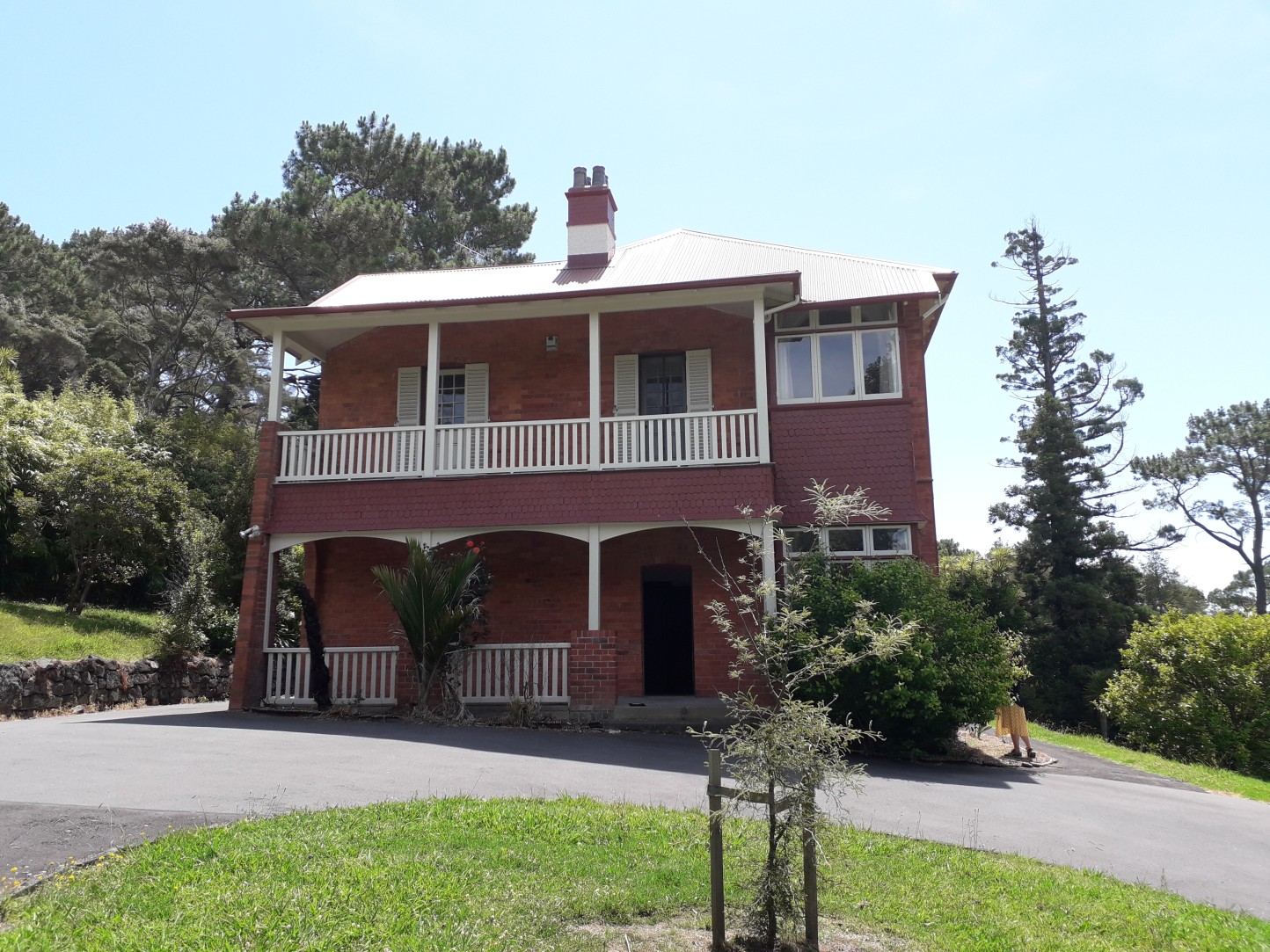|
|
 |
| RAUMATI SUMMER 2022 |
 |
|
Kia ora Garry
Welcome to the final edition of 2022. This edition features an exciting development on the waterfront and items from the New Zealand cemeteries and crematoria week.
All primary submissions have now been received for Plan Change 78, relating to the National Policy Statement on Urban Development, and accompanying plan changes 81, 82 and 83, relating to historic heritage and notable trees. Further submissions are now open for these plan changes, and close on 20 January. See further information about this in the items below.
I hope you enjoy this edition and I wish you a refreshing break over the holiday period.
Noho ora mai.

Noel Reardon
Heritage Manager, Auckland Council
|
|
|
|
 |
 |
|
 |
| Glorious 1915 orb returned to Quay Street |
 |
|
The World War I Memorial Beacon, recently returned to the northern side of Quay Street, is the earliest known built monument to the Great War to be erected in New Zealand. Initially built in late 1915, it is the only memorial known to have been created while New Zealand forces were still at Gallipoli.
On 17 December 1915, while troops were being evacuated from Gallipoli, the WWI Memorial Beacon in Quay Street was first lit. The monument symbolised a beacon of hope and a safe return home for New Zealand soldiers. It also served as a functioning light guiding ferries to the city wharves. Sometimes they were navigating through thick fog and dark skies, with lighting more disparate on shore 107 years ago.
On 29 November, Auckland Council and Auckland Transport oversaw the return of the re-made ironwork spire and glass orb to their position at the top of the Beacon. The spire was re-made using the craftsmanship of the era, while the orb was hand-blown by craftspeople from Taupō.
Read more here. See a TVNZ report on the return of the orb here.
Image: World War I Memorial Beacon orb, Quay Street, Auckland Central (David Bade, Auckland Council).
|
|
|
 |
 |
|
 |
| Intensification in Tāmaki Makaurau / Auckland – open for further submissions |
 |
|
Proposed Plan Change 78 (PC78) is open for further submissions until 20 January 2023.
PC78 responds to the government’s National Policy Statement on Urban Development 2020 and requirements of the Resource Management Act (RMA). These requirements mean the council must:
- enable more development in the city centre and at least six-storey buildings within walkable catchments from the edge of the City Centre, Metropolitan Centres and Rapid Transit Stops,
- enable development in and around neighbourhood, local and town centres,
- incorporate Medium Density Residential Standards that enable three storey housing in relevant residential zones in urban Auckland, and
- implement qualifying matters to reduce the height and density of development required by the RMA to the extent necessary to accommodate a feature or value that means full intensification is not appropriate.
PC78 was notified on 18 August. A total of 2,398 primary submissions were received on the plan change. It will take some time to analyse these submissions, however an initial review has shown:
- 355 submission points relate to the Historic Heritage Overlay (Chapter D17) as a qualifying matter
- 2,177 submission points relate to Special Character Areas Overlay (Chapter D18) as a qualifying matter, with nearly half of these points relating to the location and extent of residential areas within that overlay.
An independent panel has been appointed to hear submissions on PC78, with hearings expected to start mid-2023. For more information on PC78, the further submission process and to view the primary submissions received, please see this webpage.
|
|
 |
 |
|
 |
| Historic heritage and notable trees plan changes - open for further submissions |
 |
 |

|
 |
|
Image: Manager's House (former), Chelsea Estate, Chatswood (Auckland Council).
Proposed Plan Changes 81 (Additions to Schedule 14 Historic Heritage), 82 (Amendments to Schedule 14 Historic Heritage) and 83 (Additions and amendments to Schedule 10 Notable Trees) are also open for further submissions until 20 January 2023. These plan changes were notified at the same time as PC78.
PC81, which proposed to add seven individual historic heritage places and four historic heritage areas to this AUP historic heritage schedule, received 53 submissions. PC82, which amends 99 historic heritage places that are already scheduled, received 33 submissions. PC83, which adds 24 individual trees and four groups of trees to the AUP notable trees schedule and amends entries in that schedule to address inaccuracies and inconsistencies, received 25 submissions.
For more information on these plan changes, the further submission process and to view the primary submissions received on these plan changes, please see this webpage.
|
|
 |
 |
|
 |
| Celebrating our cemeteries |
 |
|
The New Zealand Cemeteries and Crematoria week was held between 31 October - 6 November. Organised by the New Zealand Cemeteries and Crematoria Collective (the national organisation representing the interests of the cemeteries and crematoria industry in New Zealand), the aim of the week was to highlight the value of these special places and encourage our communities to engage and learn a little more about them.
As part of this week, our Auckland Heritage social media shared posts on Auckland’s cemeteries and crematoria.
One such post related to the grave of Elizabeth Yates (Born 1840, died 6 September 1918). Yates was elected Mayor of Onehunga on the 29th of November 1893, making her the first female mayor in the British Empire. She was buried alongside her husband in St Peter’s Churchyard, Onehunga. Obituaries remembered her capability as an administrator and the historical importance of her position.
Image: The grave of Elizabeth Yates (St Peter’s Churchyard, Onehunga) (Joe Mills, Auckland Council, 2022).
|
|
|
 |
 |
|
|
|
|
|
|
|
|
|